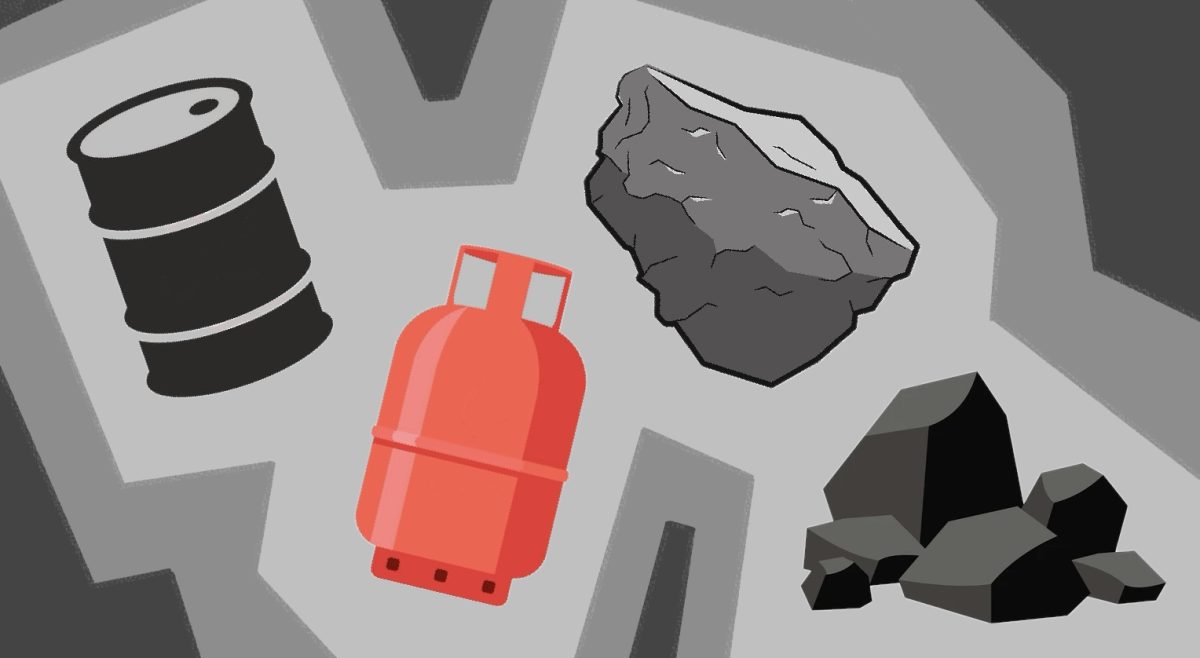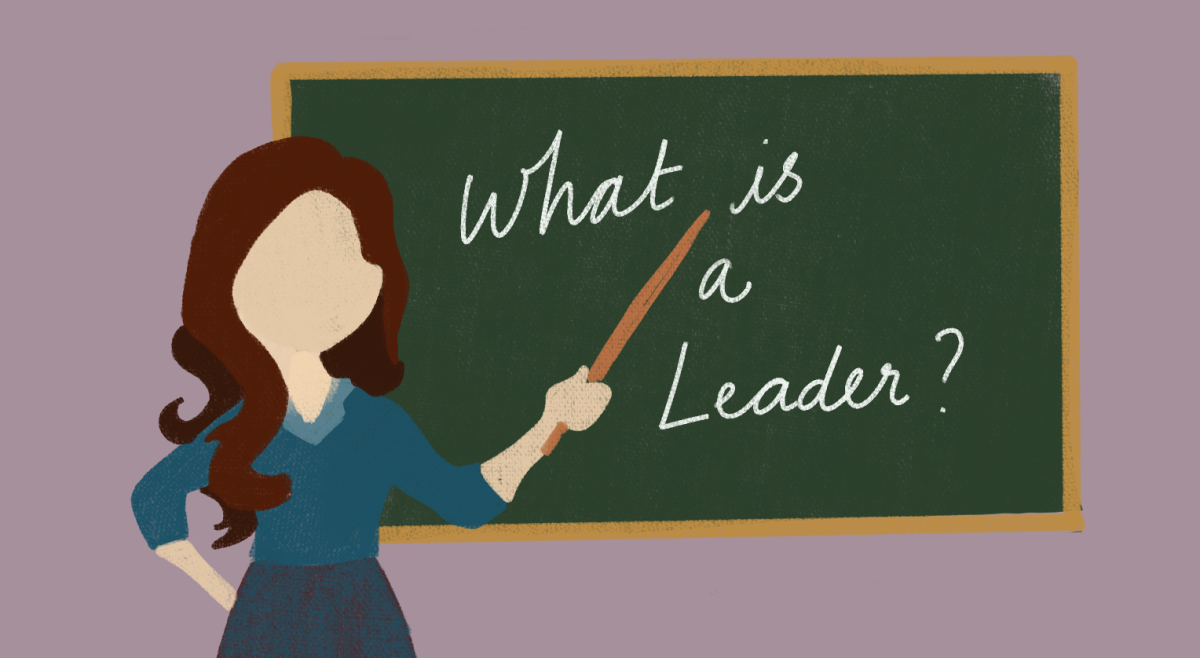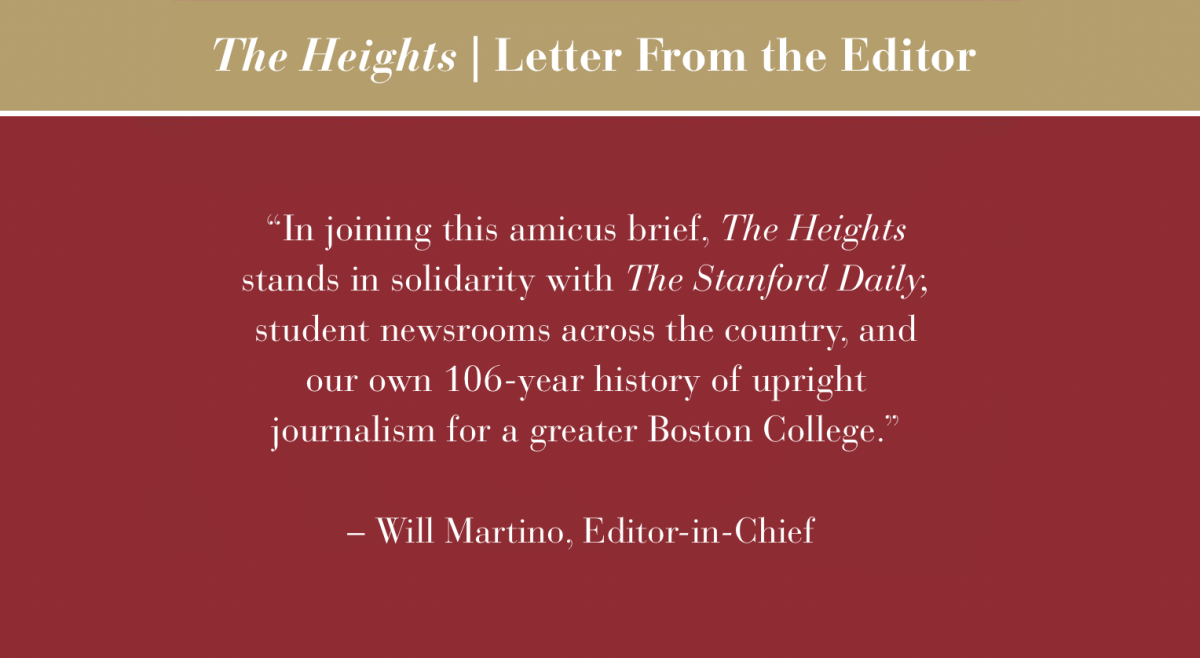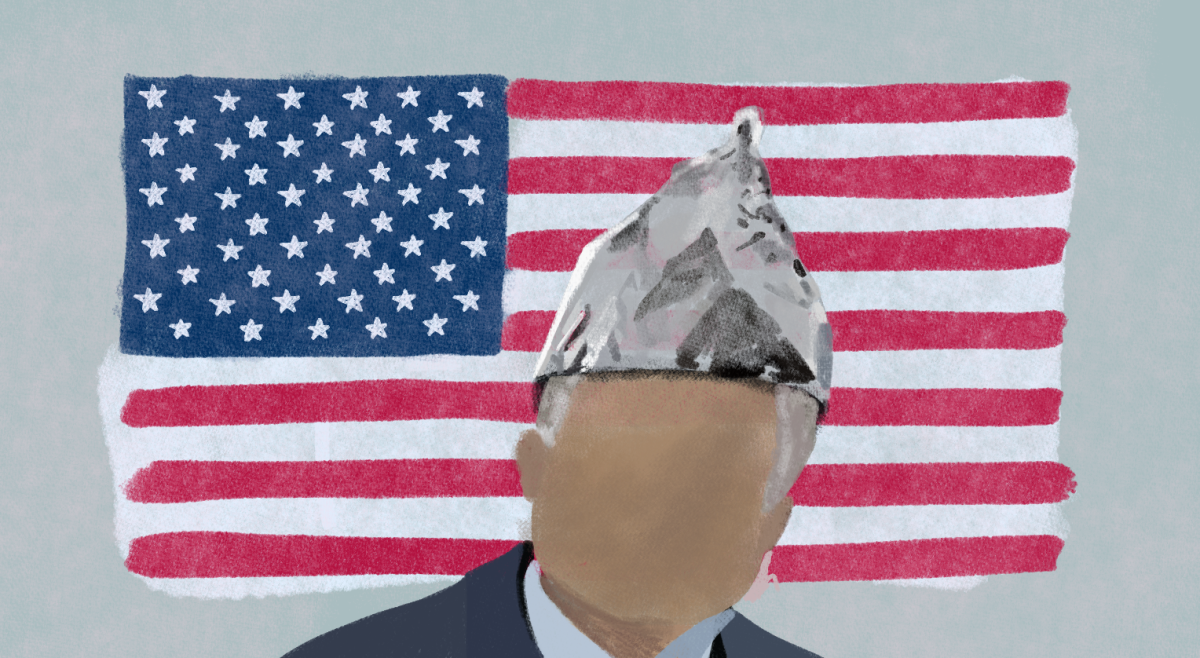In a conventional fighting force, a man is armed with weapons to protect him. In a special operations unit, the arms are manned, requiring the operator to maximize the power of these weapons through strategy. The evolution from the spear to the rifle did not replace the warrior or the soldier, but instead molded a new mode of strategy and tactics that forced soldiers to evolve as well. New technologies and innovations are just new tools for our minds. Whenever something is improved, that means it can increase our potential.
The evolution from the pencil to the calculator did not replace the student and neither will AI. A student’s mission is to learn, think for themselves, and develop original ideas. AI can aid students in learning and understanding the world around them.
It must be made clear that there are two categories under the AI umbrella. First, there is general AI, which specializes in solving problems that have never been solved before. This is the type that scares people into believing AI will replace them. Second, there is narrow AI. This is the program that works within the limitations set by human code writers. True, both types pose benefits and dangers to the everyday student, but the same argument was once made about calculators—and look at us now.
For any project of innovation, the objective is clear—improve information processing efficiency. This is achieved by sacrificing traditional methods of consuming data to maximize the amount of work accomplished. It is critical to remember that mathematicians did not go extinct once the calculator was invented. Instead, they became better equipped to make new contributions in their field. A survey revealed that 42 percent of mathematicians in the six-month post-graduation period were hired in the finance industry. With the average wage for a mathematician major coming in at a staggering $107,565, it is evident that the quantitative tools introduced over the decades have only improved the lives of people who learned to master new inventions.
Today, 56 percent of college students are already using AI for assignments or exams in their academic studies. 53 percent of college students had coursework that required them to use AI. The power to control which tools students can or cannot access no longer lies in the hands of administrators.
Whether or not a professor is in favor of AI, students have the ability to utilize it. The focus of the administrators should be to guide the path of using tools like ChatGPT instead of leaving the landscape of AI unpaved for the wandering student. Ivy League universities have already implemented chatbots that mimic ChatGPT’s functionality to answer questions about a specific class.
Harvard’s mission is to make the student-to-teacher ratio 1:1 for the classes with chatbots implemented. This would improve the learning curve efficiency by offering an additional resource to answer questions outside the classroom and maximize the effectiveness of office hours. If one of the most esteemed and respected educational institutions in the world is planning on changing the way information is communicated to students, shouldn’t the rest of us follow suit?
AI is part of a broader goal to expand the limits of the world we live in, not contract them. The AI question is centered around control of reality, because this new program isn’t leaving this world anytime soon. Though AI has flaws and can be used to cheat, it will be more beneficial to control this newfound freedom rather than outright banning, which would only make platforms like ChatGPT more enticing. It’s possible that one day, chatbots will be as common in classrooms as calculators. We shouldn’t fear that reality but welcome it. Mastering the use of tools such as AI will give anyone the ability to construct better ideas and improve their future.













